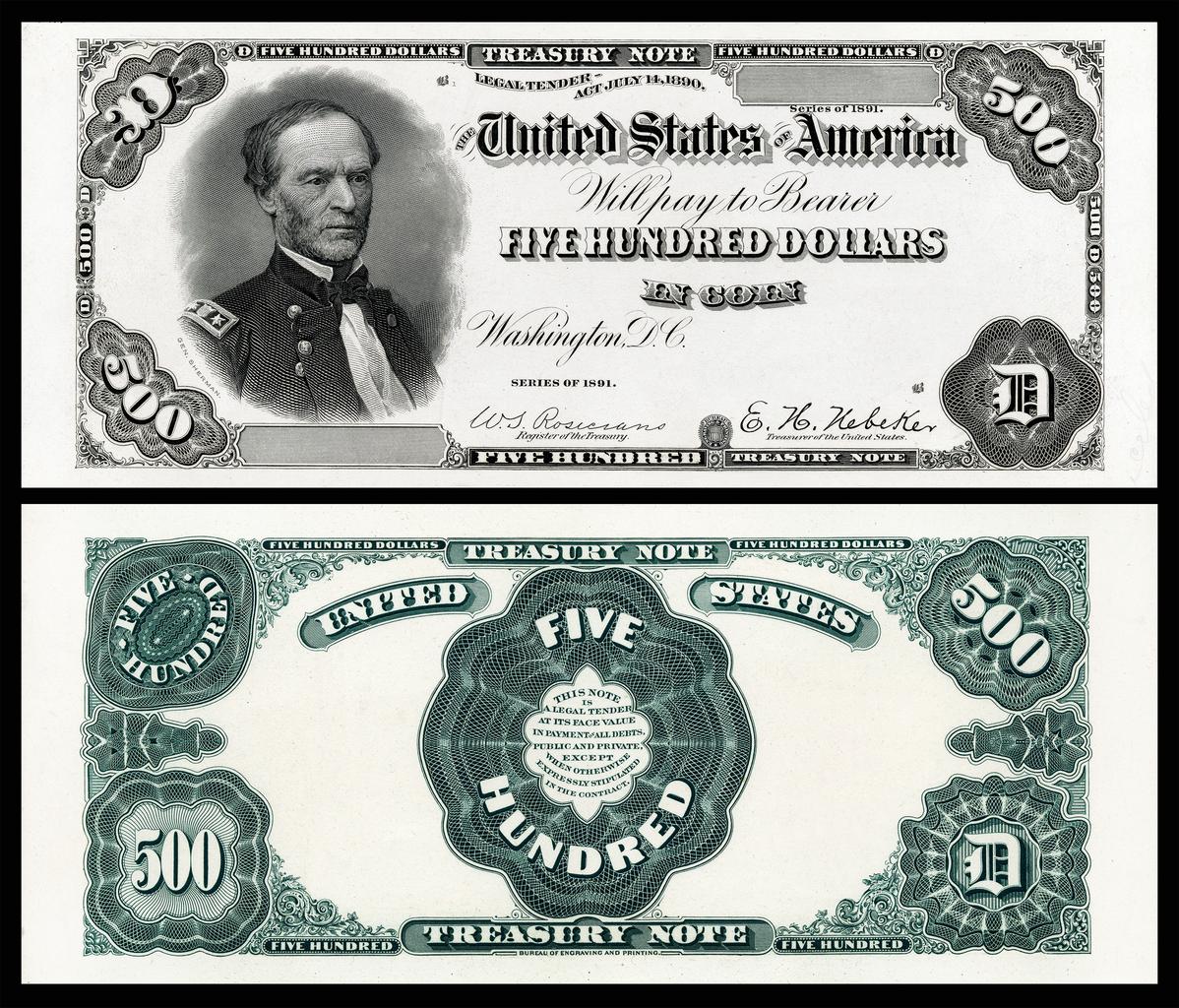Signed into law on September 22:
"BILL NUMBER: S5400
SPONSOR: HOYLMAN-SIGAL
TITLE OF BILL:
An act to amend the real property law, in relation to requiring disclo-
sure of information concerning flood insurance on property condition
disclosure statements; and to repeal section 467 of the real property
law relating to liability with respect to property disclosures
SUMMARY OF SPECIFIC PROVISIONS:
Sections 1 and 2 of the bill amend the Real Property Law to add new
questions relating to a property's flood history and flood insurance
requirements to the Property Condition Disclosure Statement set forth by
such section. Property owners would have to disclose whether the proper-
ty is located in a 100-year or 500-year floodplain according to FEMA's
flood insurance rate maps, whether the property is subject to require-
ments under federal law to obtain and maintain flood insurance, and the
property's flood insurance history.
Section 3 of the bill amends Section 465 of the Real Property Law to
strike subdivision 1, which currently provides that in the event that a
seller fails to provide the Property Condition Disclosure Statement to a buyer prior to a sale, the buyer receives a $500 credit towards the sale of the property. It also adds the provisions of Section 467 of the Real. Property Law, which is repealed by the bill, to Section 465 of the Real Property Law. Section 4 of the bill repeals Section 467 of the Real Property Law. Section 5 of the bill provides the effective date. JUSTIFICATION: New York's current flood risk disclosure laws require sellers of resi- dential real property to provide buyers with a property condition disclosure statement prior to the buyer signing a contract of sale. Among other things, the statement requires the seller to disclose wheth- er a property is located in a "designated floodplain," and whether there are any flooding, drainage, or grading problems that have resulted in standing water on the property. The Natural Resources Defense Council (NRDC) currently gives New York's flood risk disclosure law a failing grade, thanks in large part to the fact that if a seller fails to provide the disclosure statement to the buyer, the only penalty for doing so is that the seller has to provide the buyer a $500 credit towards the purchase price of the property. This negligible penalty leads many sellers to treat the requirement to provide the disclosure statement as optional, and the $500 credit as merely a cost of doing business. New York is unique in this regard, as no other state has this opt-out credit option in law. The questions relating to flood history and risk on New York's disclosure statement are also in need of an update to conform with more comprehensive laws passed in states such as Texas and Louisiana which provide buyers with more specific information about the nature of the property's flood risk and their obligation under federal law to obtain flood insurance for the property. New Yorkers deserve to be informed about the condition of residential property they purchase and to be aware of any flood risks they might face when buying or renting their homes, especially in an era where so-called "100-year floods" are happening much more frequently due to climate change. This bill would update New York's disclosure statement to arm homebuyers with more information and repeal the $500 credit, requiring sellers to either provide the disclosure statement or risk being held liable for failure to do so. PRIOR LEGISLATIVE HISTORY: A.7876/S.5472 of 2021-22 - the provisions of this legislation pertaining to residential leases were included in and passed as A.7876-A/S.5472 and signed into law by the Governor FISCAL IMPLICATIONS: To be determined. EFFECTIVE DATE: This act shall take effect on the one hundred eightieth day after it shall have become a law"








No comments:
Post a Comment
Note: Only a member of this blog may post a comment.